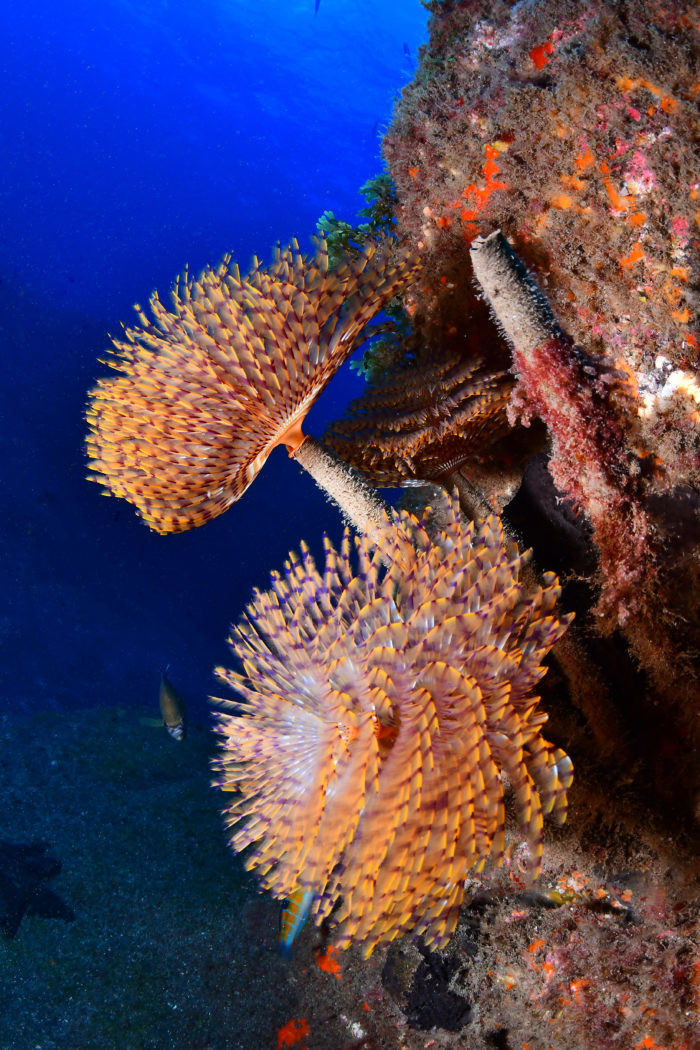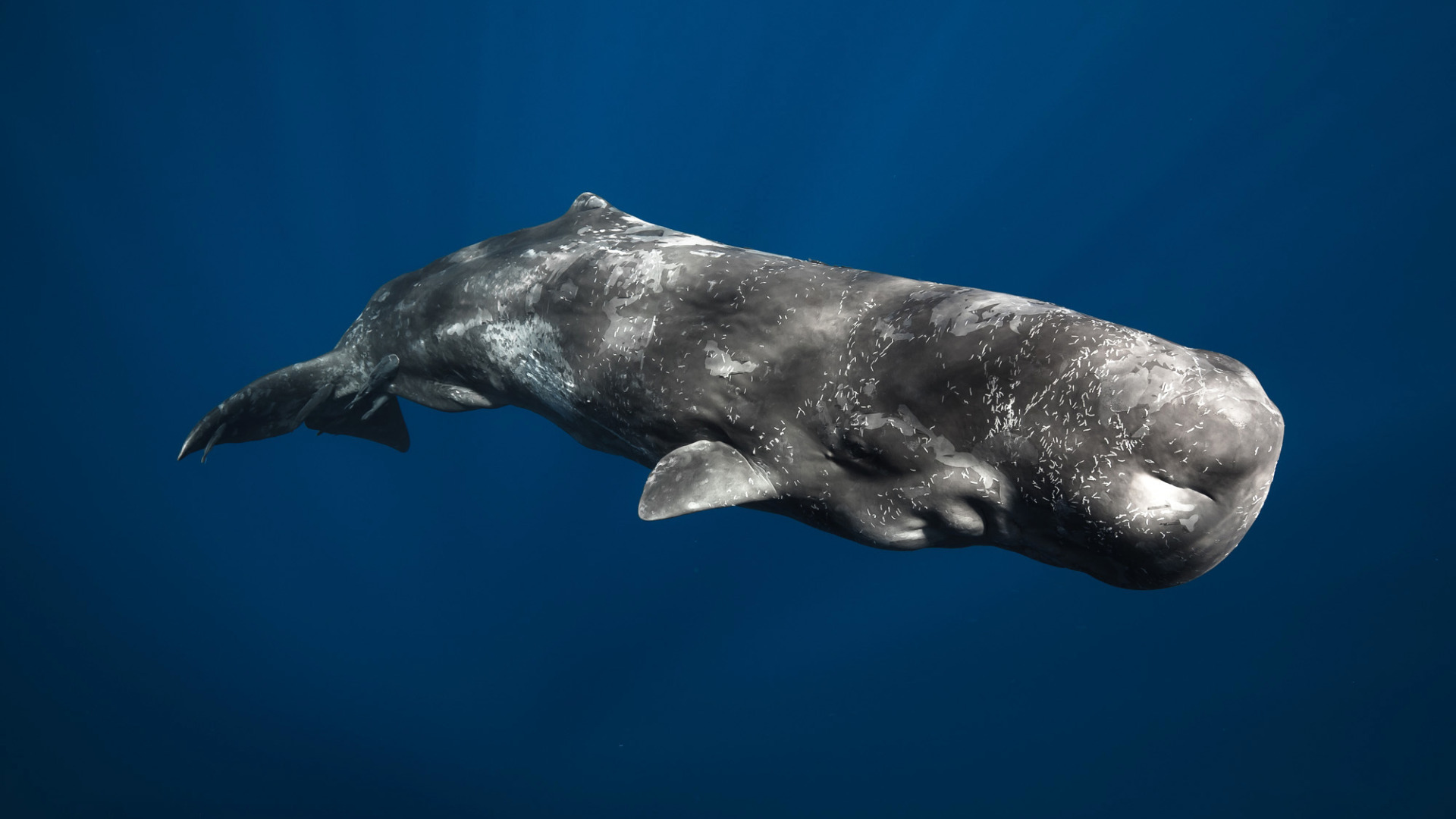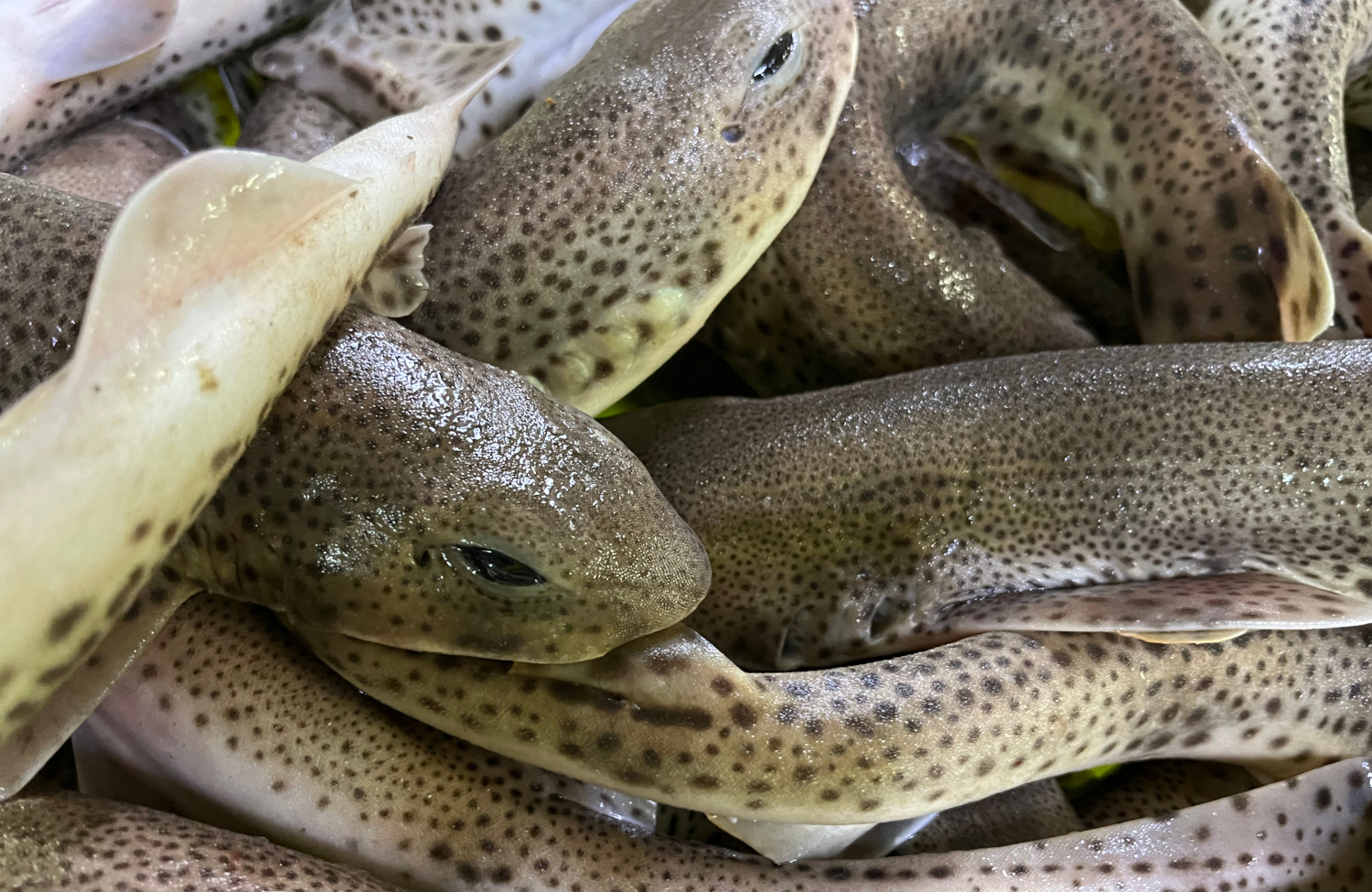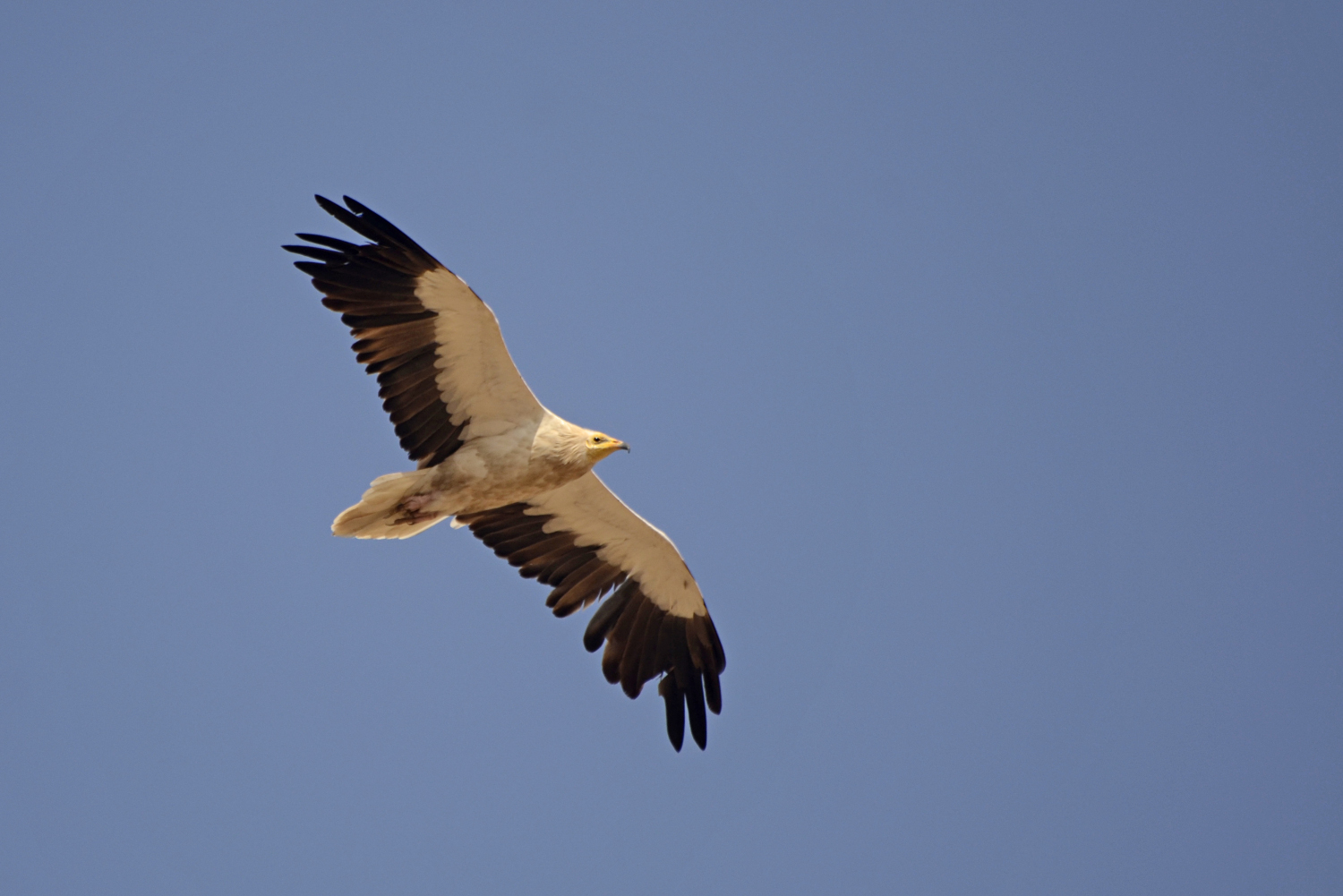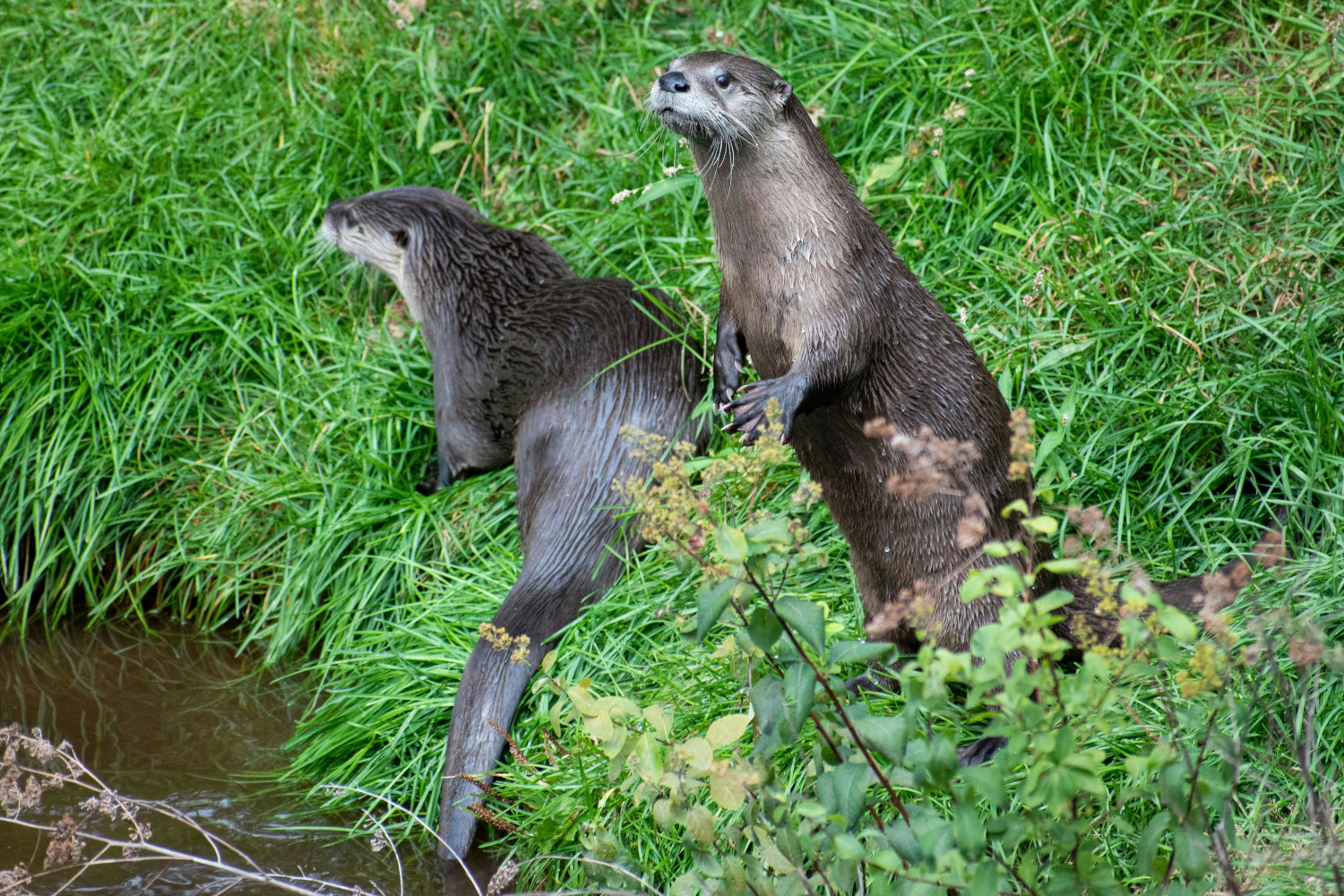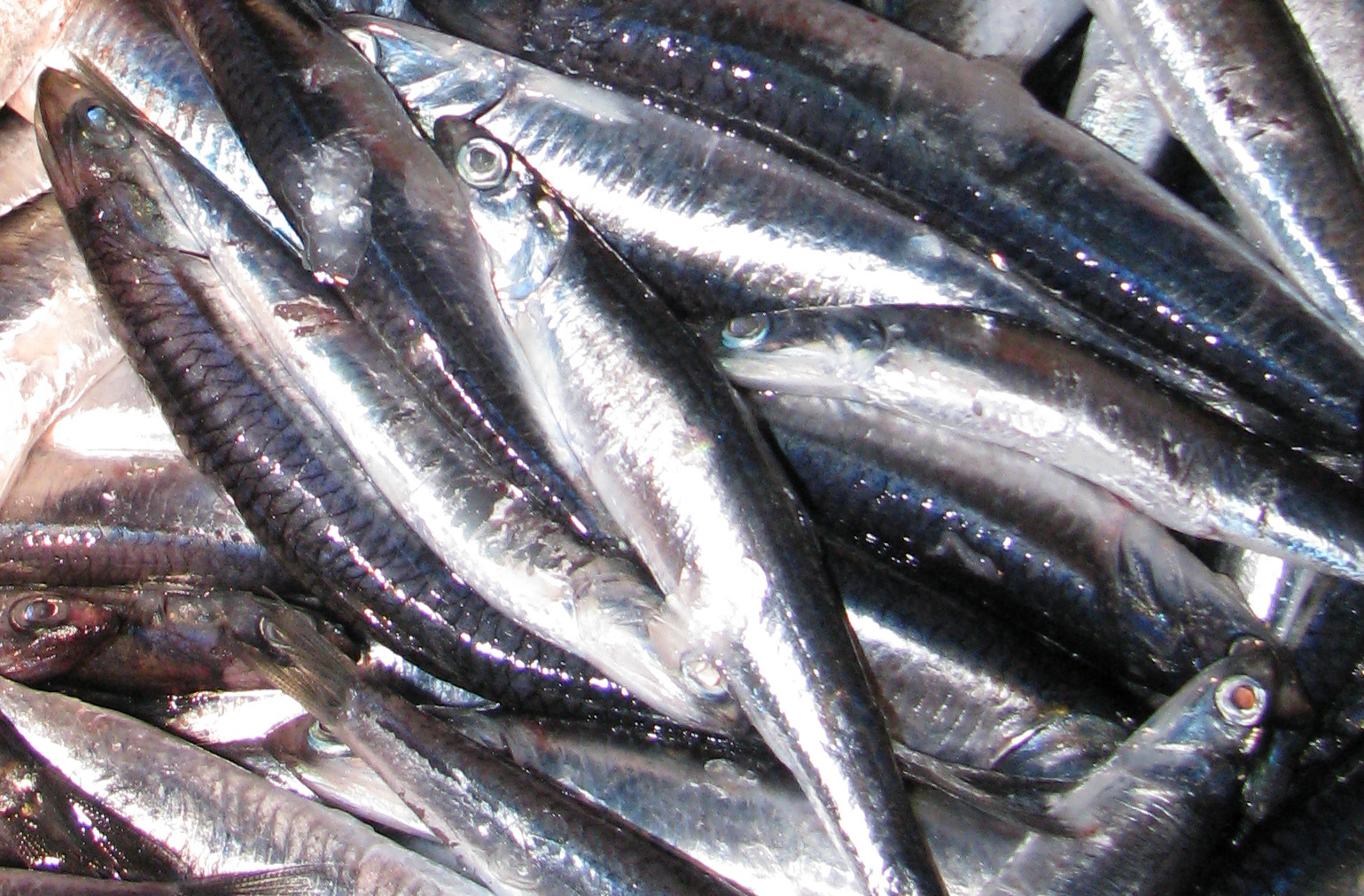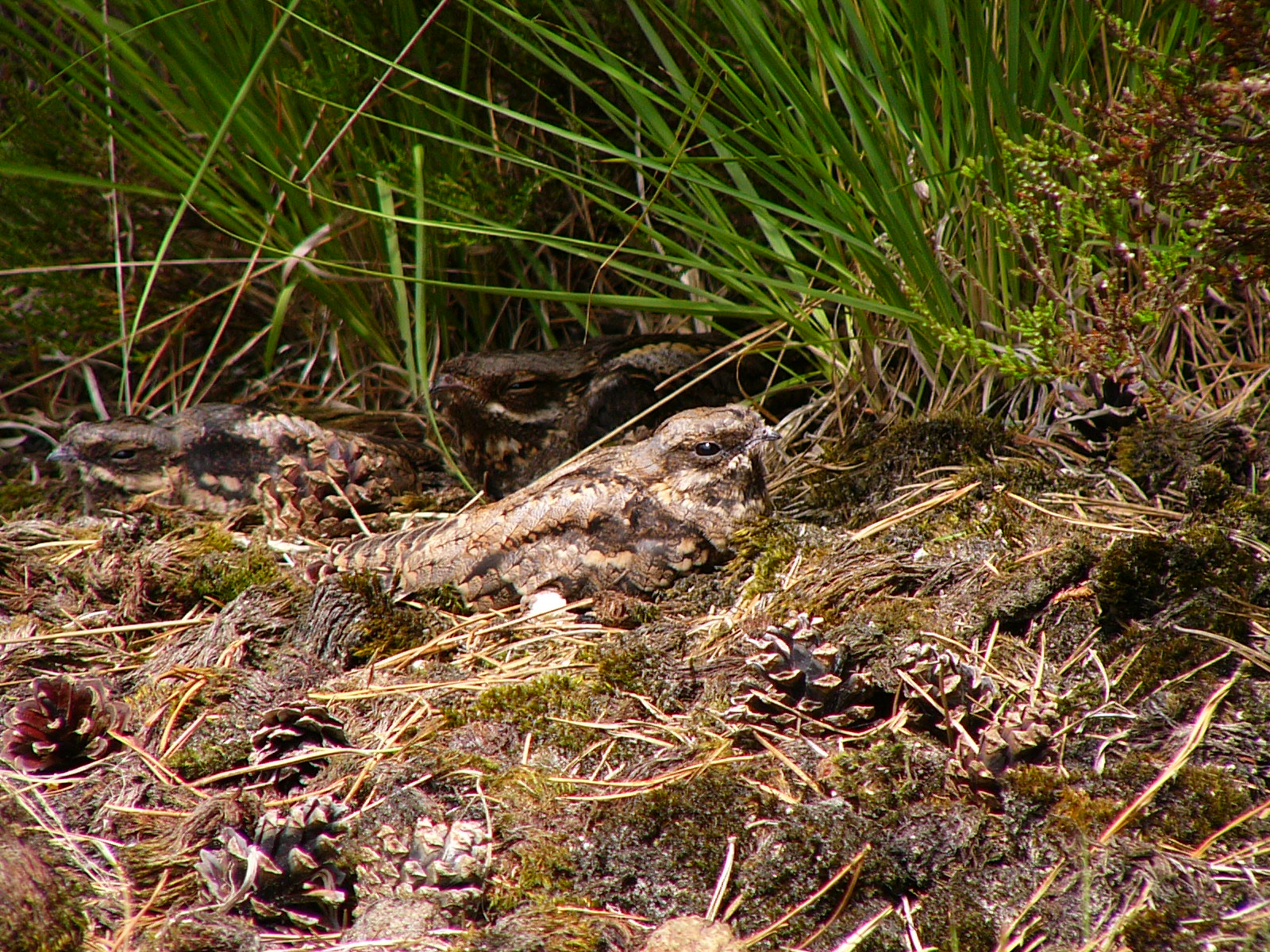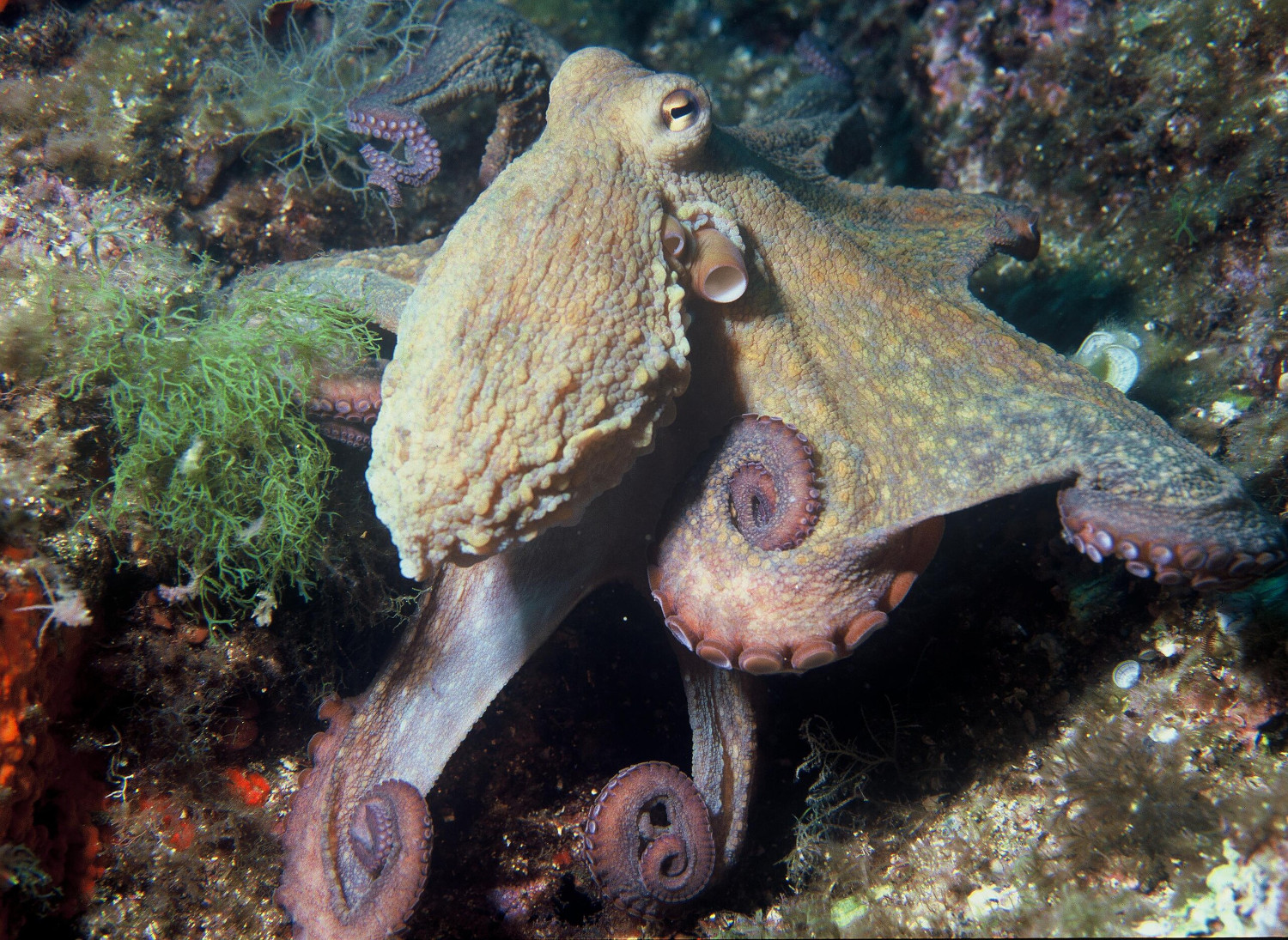Complexity of the simple
- When you're young you don't leave much room for doubt. The tie snake has a characteristic that differentiates it from the rest: the tie. Tie, or as some call it, collar. In fact, although it can be brown or dark, greenish or blue, the body usually has a clear white neck at the back of the head. For this reason, in some areas the young man with a fat snake is also called the Garduña snake.

Iberian Alomada Snake (Natrix astreptophora)
GROUP: Vertebrate/Reptile.
MEASURE: Up to 120 cm
WHERE DO YOU LIVE? Meadow and forest, in wet areas.
WHAT DOES IT EAT? Mostly small vertebrates.
LEVEL OF PROTECTION: Unprotected.
But let's not get confused, because within that beautiful, complex network of biodiversity, not everything is so simple and easy, and that's what largely brings vitality to science. Because we have realized that what we have called “fat snake” throughout life is not the only one in Euskal Herria. It was a single species, because genetic studies have told us that there are two. While in Hego Euskal Herria there is an Iberian snake with ties, in Iparralde there is a snake northern tie. They seem very similar to each other, but different as genes tell us.
As if it were not enough, the Iberian snake with ties undergoes an adult change from a young man and as it increases, it loses the white back tie. And so over time, it will become a pretty big snake. That many baserritarras think it doesn't look much like the young man. Therefore, in orality, two species have often been considered as young and mature. Like two snakes that live in the same place.
It's known in rural centers. In addition to the openings of the forests, the Iberian snake with ties is also attracted to the meadows surrounding the farmhouses. So, we've often been told they look at cutting the grass. However, in recent times, when machines have occupied the site of harvest, many appear dead, killed by the machine itself. And that, of course, is not good news. Because those of you who know know that it's a snake that has no danger: it's a slow snake. It does nothing. The Iberian snake with a tie has no venom. As many baserritarras have told us, the good snake is not to finish, but to keep it close to the house, as it is a passionate food for mice, rats and small mammals.
In addition to the meadows, you also like wet areas. For this reason, in many places we will find ourselves in the vicinity of streams, in the vicinity of wells or vents. If the frogs or rapes are in front, they will not refuse these snacks and so, well fed, it will get a considerable size. It can reach almost 120 cm.
In the winged snake, science has shown to orality that young people and adults are the same species, and that genetics is the science, the only one we believed, two species. However, researchers will have to continue working to find out what species the tie snakes are located in the Bidasoa area, and to know where the line of separation between them is actually located.
In fact, the simplicity of nature is the one that presents the greatest complexity. As we expand our knowledge about him, in what makes us feel that we know less and less.
Itsasoan badira landareen itxura izan arren animalia harrapari diren izaki eder batzuk: anemonak. Kantauri itsasoan hainbat anemona espezie ditugun arren, bada bat, guztien artean bereziki erraz atzemateko aukera eskaintzen diguna: itsas-tomatea.
Ugaztunei eskainitako azken artikuluaren amaierako hitzak hurrengo animalia aurkezteko aitzakia paregabea dira. Bertan esaten genuen muturluzeak erreka “garbi eta txukunak” behar dituela, kutsadurarik gabeak baina elementu natural anitzekin. Animalia txiki horren... [+]
Antxoa, bokarta edo albokartia, gure arrain komertzialen artean txikiena, euskal kostaldera hurbildu da.
Katalanen ustetan artzainak engainatzen omen ditu hegazti honek: “enganyapastors”. Espainiar eta latindarrek, aldiz, ahuntzari esnea kentzen diola diote, hortik datorkio hain zuzen ere izen zientifikoan (Caprimulgus europaeus) islatzen den caprimulgus (capra... [+]
Leihatila honetan behin baino gehiagotan azaldu ditugu Ama Naturaren engainuak bere izakiak babestearren. Batzuetan, erle edo liztor itxura zuten euliak ekarri ditugu, beste batzuetan inongo arriskurik ez duten arrisku-kolorazioko intsektuak ere bai (kolorazio aposematikoa... [+]
Nekazal eremu lehor baten erdian ageri da putzua. Txikia da tamainaz, eta ez oso sakona. Egunak dira euririk egiten ez duela, baina oasi txiki honek oraindik ere aurretik bildutako urari eusten dio. Gauak eremua irentsi du eta isiltasunaren erdian kantu bakarti bat entzun da... [+]








